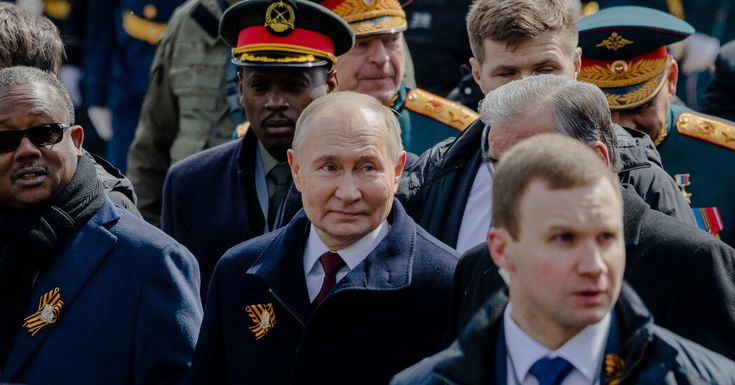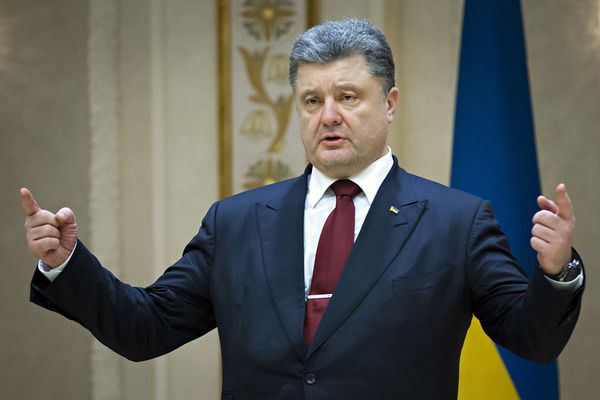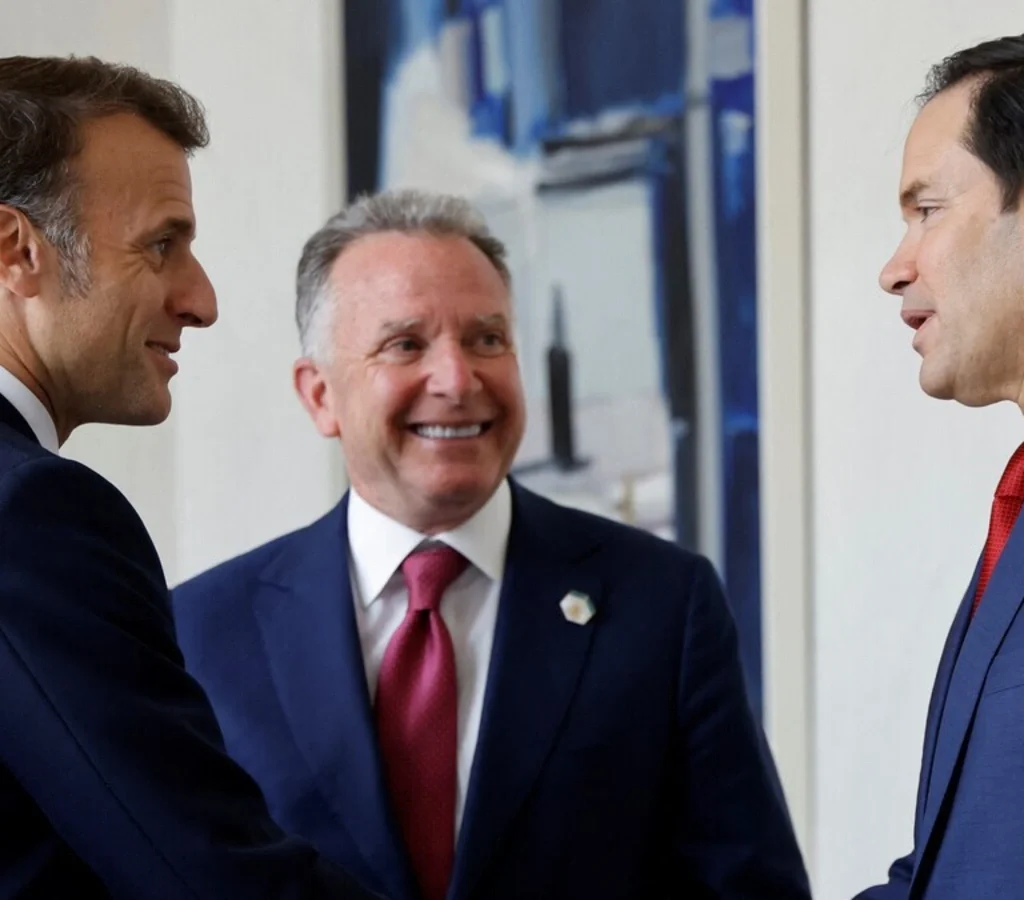As the war in Ukraine continues to devastate the region, the possibility of a ceasefire seems increasingly remote. U.S. Secretary of State Marco Rubio and Special Envoy to the Middle East Steve Witkoff arrived in Paris this week to consult with French officials about President Donald Trump’s ongoing efforts to negotiate a ceasefire in Ukraine. However, despite diplomatic efforts and high-level meetings, the chances of a meaningful ceasefire agreement appear to be slipping away, largely due to Russia’s intransigence and the Trump administration’s limited leverage.

The Road to Negotiation: Diplomatic Push and Pushback
The Trump administration’s involvement in ceasefire negotiations comes after a turbulent period of military escalation and political maneuvering. The U.S. has long been vocal in its support for Ukraine, yet Trump’s handling of the situation has sparked confusion. In a dramatic shift from his earlier stance, Trump has sought the assistance of European leaders, particularly French President Emmanuel Macron, to broker a resolution. Macron, who has been leading Europe’s efforts to provide security guarantees to Ukraine, has positioned himself as a key player in potentially resolving the conflict.
However, Trump’s history of belittling European allies and his “America First” approach have made some question whether he can effectively mediate peace talks. Still, with the ceasefire deal appearing increasingly unattainable, the U.S. seems to be turning to its European counterparts for support.

Russian Intransigence: The Roadblock to Peace
Despite talks with Russian President Vladimir Putin and diplomatic efforts from the U.S., it has become clear that Putin remains unwilling to seriously entertain a ceasefire. In fact, Putin has shown little interest in halting his brutal war of aggression, making it difficult for Trump’s administration to broker peace. After meeting with Putin in Moscow, U.S. envoy Steve Witkoff reported “compelling” discussions, but these talks have yet to yield any substantial shift in Russia’s position.
This intransigence is evident in the breakdown of earlier ceasefire proposals. Initially, both sides tentatively agreed to a 30-day ceasefire. However, Putin conditioned his acceptance on Ukraine halting its military mobilization and Western countries lifting sanctions, making it clear that Russia would not participate in a ceasefire unless its terms were met—terms that Ukraine could never accept.
Meanwhile, the Russian military has continued its brutal assault on Ukrainian cities, including a shocking ballistic missile strike on the city of Sumy on April 13, which killed 34 civilians and wounded over 100. This attack highlighted the stark divide between Russia’s willingness to continue fighting and Ukraine’s desire for peace.

Trump’s Response: Contradictions and Missed Opportunities
Trump has offered mixed responses to the conflict. While he condemned the Sumy attack as “terrible,” he also suggested that Russia may have “made a mistake.” This ambiguous stance is reflective of the president’s broader approach to the war. Trump has at times placed blame on Ukrainian President Volodymyr Zelenskyy, suggesting that Ukraine provoked Russia by “starting a war with someone twenty times your size.” He has also been hesitant to escalate sanctions, with his focus instead on securing a deal with Putin.
However, Trump’s reluctance to significantly ramp up sanctions or increase military aid to Ukraine further weakens his position. While Rubio and U.S. Special Envoy Keith Kellogg have pushed for a more hardline approach, Witkoff has resisted these efforts, continuing to defend Russia as a potential peace partner. This reluctance to confront Putin directly may ultimately prevent any meaningful progress toward a ceasefire.

A Bleak Outlook for Peace: What Comes Next?
The prospects of a successful ceasefire in Ukraine seem increasingly bleak. Unless Trump reverses course and begins to escalate military aid to Ukraine—helping the country defend itself more effectively—it’s unlikely that Putin will be willing to negotiate in good faith. The president’s dismissal of Ukraine’s need for military support, combined with his contradictory stance on Russia, signals that the ceasefire deal is slipping further out of reach.
For Ukraine, the stakes could not be higher. A failure to secure a ceasefire could lead to continued suffering for the Ukrainian people, while providing Putin with an unchallenged path to consolidate control over the regions he has captured.
The Broader Geopolitical Stakes
The ongoing conflict has broader geopolitical implications, particularly in terms of U.S.-Russia relations and the future of Europe’s security architecture. The lack of a clear, consistent strategy from the Trump administration has only heightened uncertainty among U.S. allies, who may question the long-term reliability of America as a partner in global security.
If the U.S. and its European allies cannot work together to pressure Russia, the war in Ukraine may drag on indefinitely, further destabilizing the region and potentially emboldening Russia in future confrontations. As such, the international community must reconsider its approach to dealing with the crisis, or risk letting the conflict spiral further out of control.

Conclusion: A Fragile Peace on the Horizon?
The chances for a ceasefire in Ukraine under the Trump administration appear slim, especially given Russia’s continued aggression and the president’s reluctance to confront Putin directly. While European leaders like Macron are working to bring both sides to the table, the window for peace is rapidly closing. Unless the U.S. takes a more forceful approach, Ukraine may continue to bear the brunt of the conflict, with no end in sight.
Author Profile
- Syed Tahir Abbas is a Master's student at Southwest University, Chongqing, specializing in international relations and sustainable development. His research focuses on U.S.-China diplomacy, global geopolitics, and the role of education in shaping international policies. Syed has contributed to academic discussions on political dynamics, economic growth, and sustainable energy, aiming to offer fresh insights into global affairs.
Latest entries
 GeopoliticsAugust 23, 2025Previewing the White House Visit of South Korean President Lee Jae Myung
GeopoliticsAugust 23, 2025Previewing the White House Visit of South Korean President Lee Jae Myung Middle East ConflictJuly 22, 2025Israel’s Deadly Attacks on Gaza: A Dire Humanitarian Crisis and International Calls for a Truce
Middle East ConflictJuly 22, 2025Israel’s Deadly Attacks on Gaza: A Dire Humanitarian Crisis and International Calls for a Truce Middle East & North AfricaJuly 20, 2025Israel Targets Damascus Amid Rising Tensions in Syria
Middle East & North AfricaJuly 20, 2025Israel Targets Damascus Amid Rising Tensions in Syria Middle East AffairsJuly 14, 2025An Open Letter from Gaza’s University Presidents: Resisting Scholasticide Through Education
Middle East AffairsJuly 14, 2025An Open Letter from Gaza’s University Presidents: Resisting Scholasticide Through Education



1 comment
Your passion really shines through in your writing. Keep up the amazing work!😊